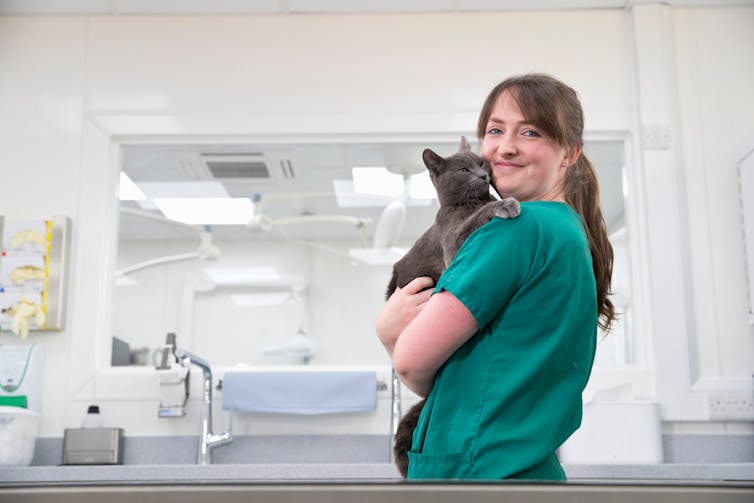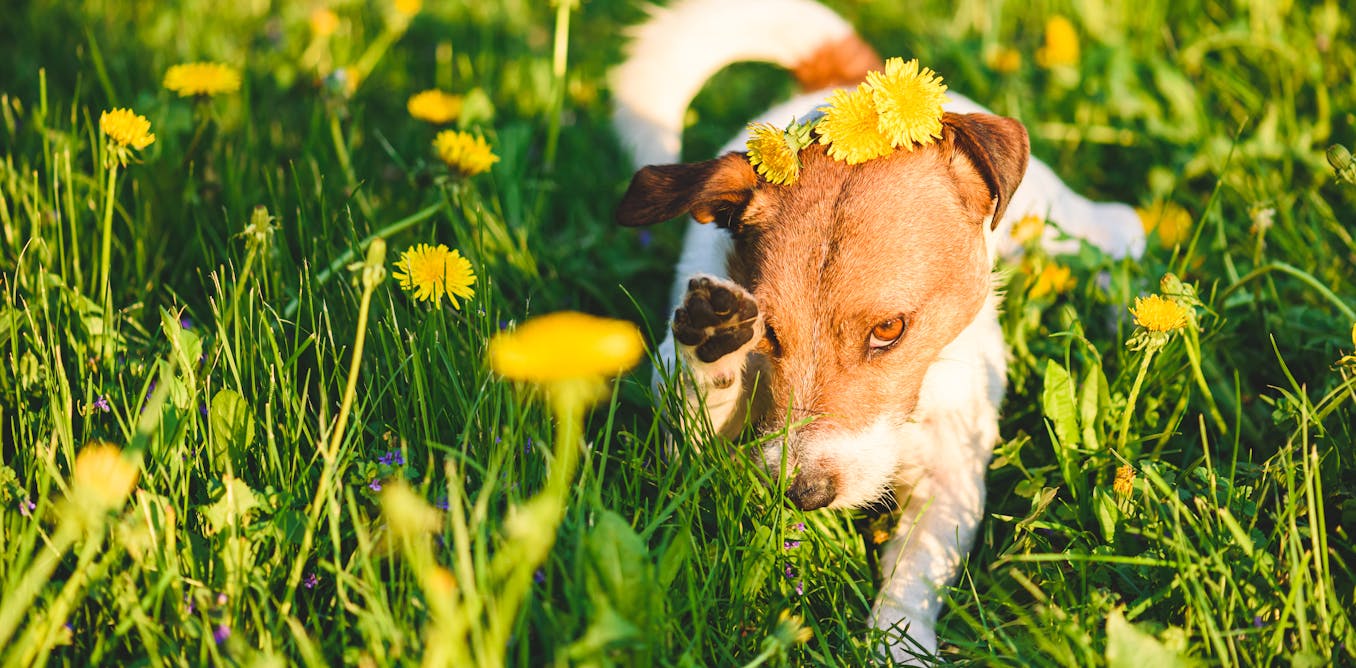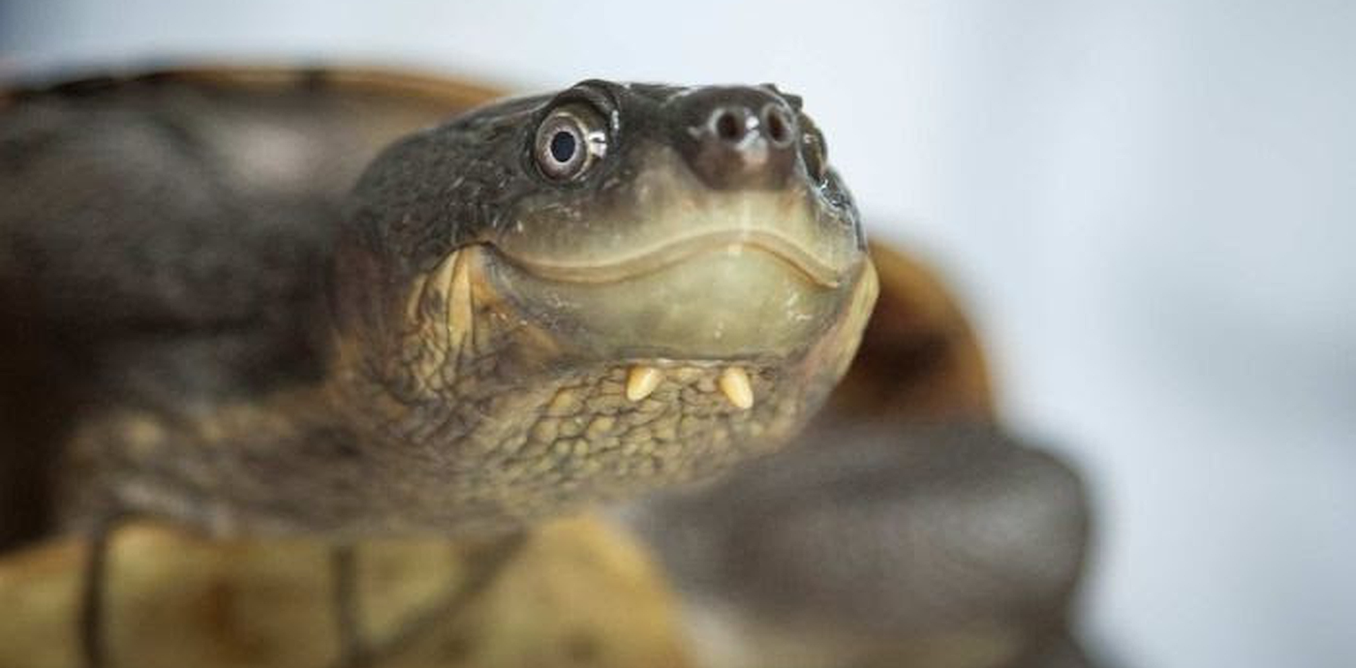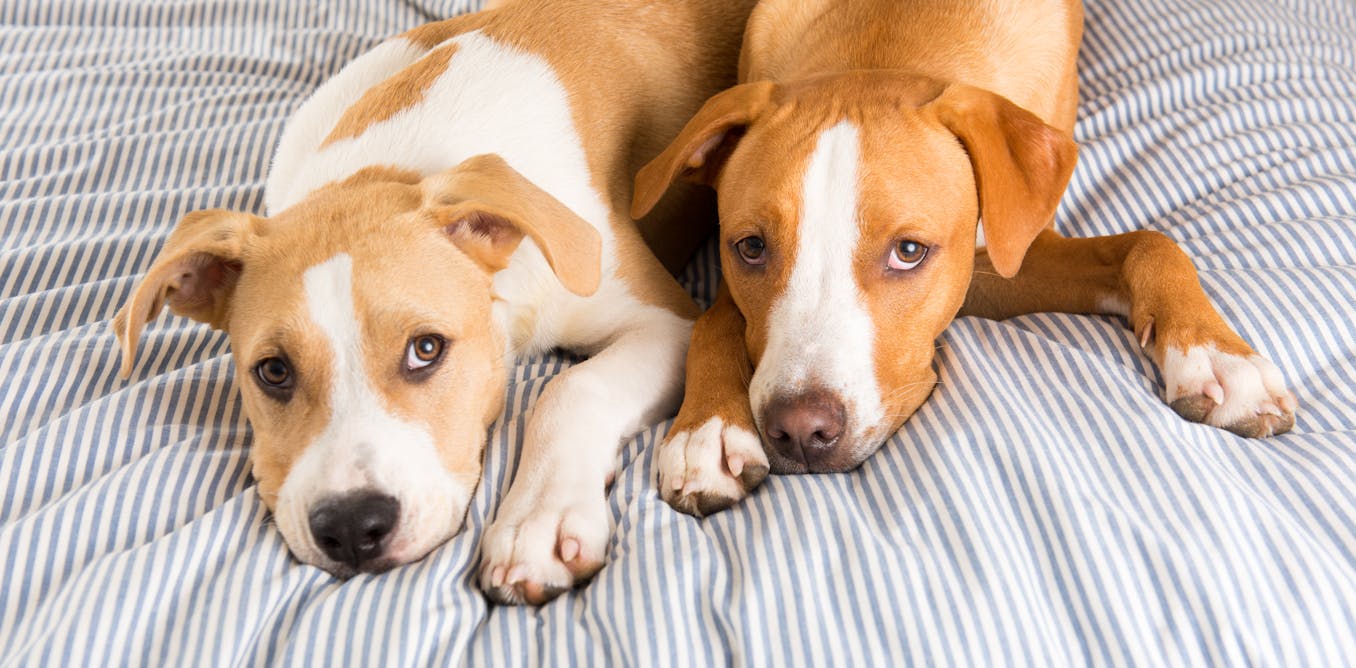Summer often brings with it the unmistakable sniffles and sneezes of hay fever. As plants and trees release pollen into the air, many of us start to feel the effects – itchy eyes, runny noses and general discomfort. But hay fever doesn’t just affect people – our pets can suffer too.
Like us, dogs, cats, horses and even small animals like rabbits and guinea pigs can struggle during pollen season. So how can you spot the signs – and more importantly, how can you help?
Get your news from actual experts, straight to your inbox. Sign up to our daily newsletter to receive all The Conversation UK’s latest coverage of news and research, from politics and business to the arts and sciences.
What is hay fever?
Hay fever is an allergic reaction to airborne pollen. Grass pollen is considered the most common trigger, though pollen from trees and weeds can also play a part. Normally, the immune system protects us from harmful invaders like bacteria and viruses. But sometimes, it becomes oversensitive and reacts to things that aren’t dangerous.
Allergies like hay fever happen when the immune system mistakenly treats harmless substances – such as dust or pollen – as threats. When exposed again, the body tries to defend itself, triggering a cascade of reactions including itching, sneezing, congestion, watery eyes and coughing. These symptoms, although frustrating, are the body’s attempt to shield itself – just against the wrong enemy.
What are the signs of hay fever in pets?
Humans with hay fever usually experience an itchy throat, sneezing, watery eyes and a runny nose. Pets show many of the same symptoms: sneezing, nasal discharge and eye irritation are all common.
Dogs and cats often show signs through their skin, rubbing or scratching at itchy areas and sometimes chewing their paws or belly. These parts of the body are more likely to come into contact with pollen when outdoors. In more severe cases, pets can develop dermatitis – an intensely itchy and inflamed skin condition that may require veterinary care.
If you think your pet might be suffering, it’s important to speak with your vet. Many people with hay fever learn to tell the difference between colds, flu and pollen allergies. But our pets can also catch colds and other infections, which may look similar. To treat the problem properly, it’s best to get a clear diagnosis.
How to help your pet with hay fever
If you or your pet are dealing with hay fever, there are steps you can take to make things more manageable.
Start by keeping a diary of symptoms – it might help you connect flare-ups with particular plants or trees. In the UK, tree pollen tends to peak in April and May, while grass pollen is highest in June and July. If grass seems to be the culprit, keeping lawns short can help. You might also need to remove problem plants from your garden or restrict access to them.
Regular grooming and washing your pet – along with cleaning their bedding – can reduce the amount of pollen they’re exposed to. Less pollen means fewer symptoms.
Pollen forecasts are also a helpful tool. On days when pollen levels are particularly high – usually during warm, dry spells – you can take extra precautions.
Pollen tends to be most concentrated during the day, especially when it’s hot and humid. Try walking your dog early in the morning or later in the evening when levels are lower, which also helps protect them from dangerously high temperatures.
Keeping cats indoors and ensuring horses have appropriate shelter and rugging can also reduce exposure.
While antihistamines are a common remedy for people, don’t be tempted to use them on pets unless prescribed by your veterinary surgeon. Many over-the-counter options are not safe for animals and could cause harm. Your vet can recommend safe alternatives and help create a management plan tailored to your pet.

Juice Flair/Shutterstock.com
Pollen allergies are expected to become more common, with climate change and pollution both playing a role. Higher temperatures prompt plants to release more pollen, and pollution can make our immune systems more reactive to it. Even thunderstorms can worsen hay fever by breaking pollen into smaller particles that are more easily inhaled.
Spotting the signs early and taking steps to limit your pet’s exposure can make a big difference, helping them stay comfortable, healthy and happy during the pollen-heavy months.

The post “Pets get hay fever too – how to spot it and manage it” by Jacqueline Boyd, Senior Lecturer in Animal Science, Nottingham Trent University was published on 07/03/2025 by theconversation.com




































Leave a Reply